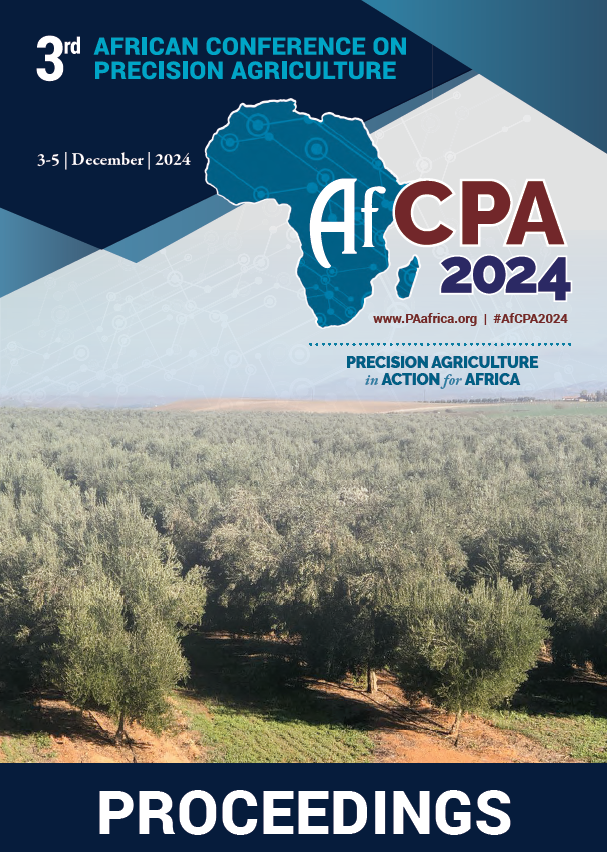Download the Conference Proceedings
Get your copy of the 2024 African Conference on Precision Agriculture Proceedings today! Download the PDF file and view all of the available proceedings.
Proceedings
Authors
| Filter results1 paper(s) found. |
|---|
1. Methodology for Assessing Nutrient Status of Nigeria Croplands: AfSIS/NiSIS Pilot Project - Pathway for Precision Agriculture MappingInherently low soil fertility, nutrient imbalances and accelerating degradation constitute threats to precision agriculture (PA), agricultural productivity and ecosystem services in sub-Saharan Africa (Nigeria inclusive). Presently, the geographical extent of existing nutrient constraints, location specific trends and opportunities for managing these over time are highly uncertain. The AfSIS/NiSIS project assessment aims to provide spatially explicit observations, measurements and predictions... V. Aduramigba-modupe, I. Amapu, M. Walsh, B. Scott |
